What is a recessed spotlight
Recessed spotlights are directional lighting systems that produce a tight and highly concentrated beam of light for targeted illumination. Directional lighting is typically used to make illumination precise and of higher intensity than the surrounding ambient light. A recessed directional light provides an inconspicuous beam of light that appears to shine from a hole in the ceiling. The light source is regressed into the housing, thus eliminating glare that may otherwise exist in the field of view. The ability to maintain a clean ceiling appearance makes recessed spotlights an ideal choice for accent and task lighting applications where the integration of lighting and architecture matters.
Accent lighting
The most common use of recessed spotlights is for accent lighting. Accent lighting is used to highlight and accentuate the texture, finish, color and shape of artwork, sculptures, paintings, merchandise, collectibles, plantings, architectural details, and other items of interest. The focal illumination reinforces design aesthetics, creates visual interests, and enhances the prominence of the accentuated objects. Accent lighting can draw out the best traits of artwork, reveal the true character and quality of merchandise, and create a more engaging environment. Thoughtful spotlighting can even add emotional appeal to products and displays, which creates stopping power and leaves a positive impression that lasts. The visual impact is achieved through luminance contrast. Recessed spotlights deliver a punch of narrow-beam light to attract attention and create energy against the background of the general illuminance. To make an object stand out, the contrast ratio of accent lighting to its ambient light should be 3:1 or greater.
Task lighting
In a layered lighting design, recessed spotlights also serve to provide the task layer of lighting. Task lighting is used to illuminate an area for a specific task and provide adequate illuminance for users to perform various tasks at the desired speed, accuracy and degree of safety. It is common to install recessed downlights over workstations, office tables, seating areas, countertops, kitchen islands, vanity areas, and conference areas. Recessed lighting are the least intrusive type of task lighting since it does not require overhead vertical space, nor does it infringe upon a room’s table or floor space. A recessed spotlight casts a focused, localized pool of light free of distracting glare and infringing illuminance outside the task area.
Beam characteristics
Despite having a well-defined name, the category of recessed spotlights not merely includes products that produce beams in very narrow spot (2°-5°), narrow spot (6°-9°), and spot (10°-15°) distributions. Directional lights that produce narrow flood (20°-25°), flood (30°-40°) and wide flood (55°-60°) also fall into this category. The beam pattern of a recessed directional light is dictated by target size and distance. A luminaire with a spot distribution typically has a higher center beam candlepower (CBCP) than the one with a flood distribution. Dramatic accent lighting for small objects or feature displays often requires an intense CBCP such that the beam will deliver the highest punch possible. While the beam patterns of accent light fixtures may have different field-to-beam ratios that determine the hardness or softness of a beam, task lighting focuses on achieving maximal uniformity of light distribution across a task area. The ratio of average illuminance to the minimum illuminance over the task area of coverage should be 2:1 or less.
Optical design
Solid state lighting based on LED technology has an exceptional advantage in highlighting and spotlighting applications which places high demands on beam performance. The extremely high flux density, very small light emitting surface (LES) and directional light output of LEDs enable creation of beams with excellent luminous quality. In conjunction with high performance secondary optics, LEDs that come in chip-on-board (COB) and high-power LED packages can be used to create powerful spotlighting systems which deliver either smooth, feathered distributions for uniform task illumination or tight distributions with high center beam punch for high impact, high-contrast accent lighting. The optical system of a recessed LED spotlight is constructed using a lens, reflector, or a combination of both. The characteristics unique to LEDs allow light to be extracted directly from the source and precisely directed through total internal reflection (TIR) lens. The TIR lens narrows the full width at half maximum (FWHM) divergence angle of an LED 120° to 3° with an extraordinarily high optical efficiency.
LED module
A recessed LED spotlight can be a canless system or include a light engine that is designed for use in a new construction or remodel housing, or for retrofit an existing compatible housing. The luminaire often comes with an integrated housing and heat sink design. The LED module is attached to the die cast, forged or extruded heat sink, allowing heat generated by the LEDs to be transferred to the ambient air via the shortest possible thermal path. Excellent thermal management lends the LEDs a color stability and lumen maintenance that is significantly better than the retrofit LED lamps used in conventional lamp-based systems, which include low voltage MR16 or line voltage PAR38, PAR30 and PAR20 LED bulbs.
While many recessed spotlights have the light module/light engine fixed in a downward position that is aligned with the center longitudinal axis of the housing, adjustable luminaires can put the light exactly where it’s needed thanks to their aiming adjustability of up to 360 degrees of rotation and 30 to 45 degrees of tilt. The housings of recessed LED spotlights accept a wide variety of trims (e.g., cones, baffles, pinholes, adjustables) for different ceiling appearances and lighting effects.
Color quality
Light is a medium that can round out a design concept and create an impression via its intensity, luminous quality as well as its color quality, and its warmth or coolness. For a space to have a pleasant feel, for people to look in their best and for colors of surrounding objects to appear natural, white light produced by a recessed LED spotlight must have a balanced distribution of radiant energy across the wavelength range of the visible radiation spectrum. A color rendering index (CRI) of 90 and R9 of 25 are often considered the minimum acceptable value for applications where faithful color reproduction is a necessity, including retail, museum, gallery, residential, office, and hospitality settings.
The color of light affects numerous levels of human functioning such as visual perception, emotional states, concentration and motivation, and circadian rhythms. A correct comprehension of the correlated color temperature (CCT) is therefore of vital importance. The color temperature of light sources for recessed spotlighting is offed in 2700K, 3000K, 3500K, 4000K, and 5000K options. The nominal CCT does not ensure color uniformity and consistency from LED to LED, and fixture to fixture. Tight color binning remains essential to producing individual products and lighting installations with minimal chromaticity variations.
LED driving and dimming
A recessed LED spotlight is equipped with a constant current driver. It is typically designed to rectify an AC sinusoidal input voltage and convert the rectified DC power into a DC power matched to the electrical characteristics of the LED array. The driver must be properly designed to ensure electrical safety, high efficiency operation and flicker-free lighting over the rated life of a luminaire. It usually includes circuits for implementing power factor correction (PFC), switching power conversion, constant current control as well as dimming control (0-10V, PWM, DALI, phase cut dimming).
Being arguably the most important component of an LED system, the LED driver is often compromised in performance and reliability due cost and size constraints. Extra attention should be paid to ensuring the operational life of the driver matches the long lifespan of the LEDs and the driver generates minimal ripples in its output during any load conditions.

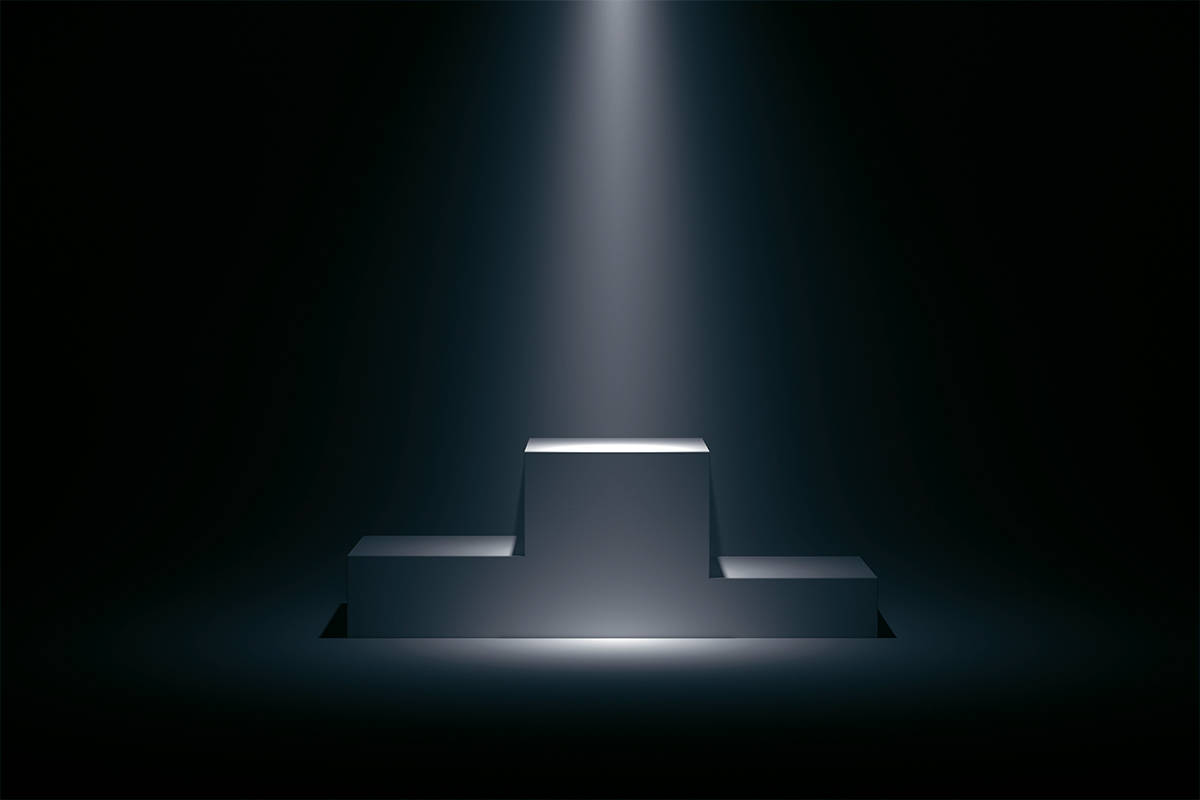
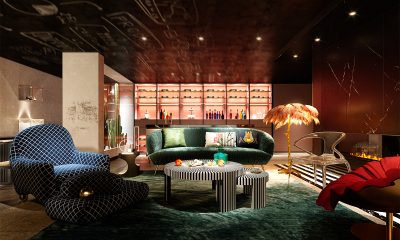
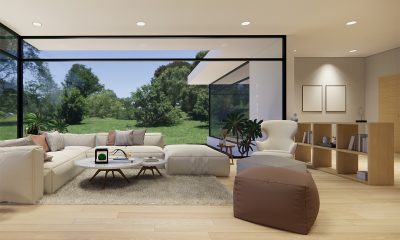

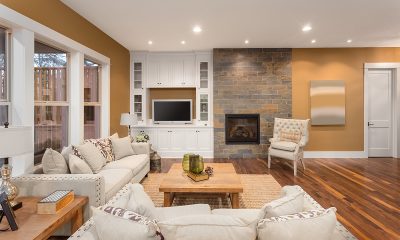
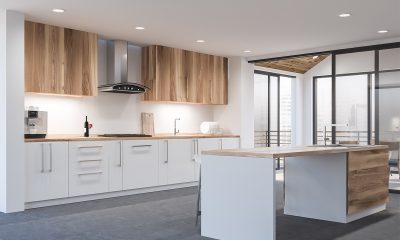

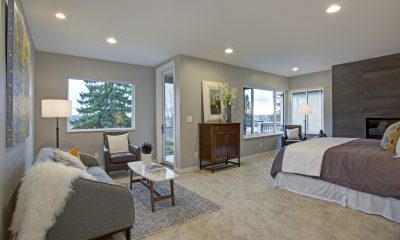
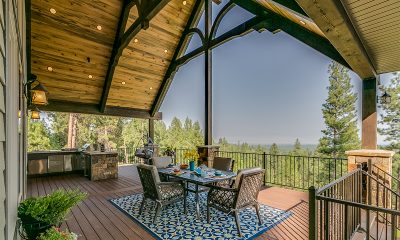
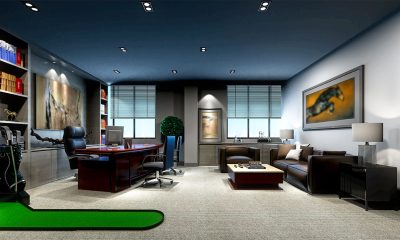








Loading...